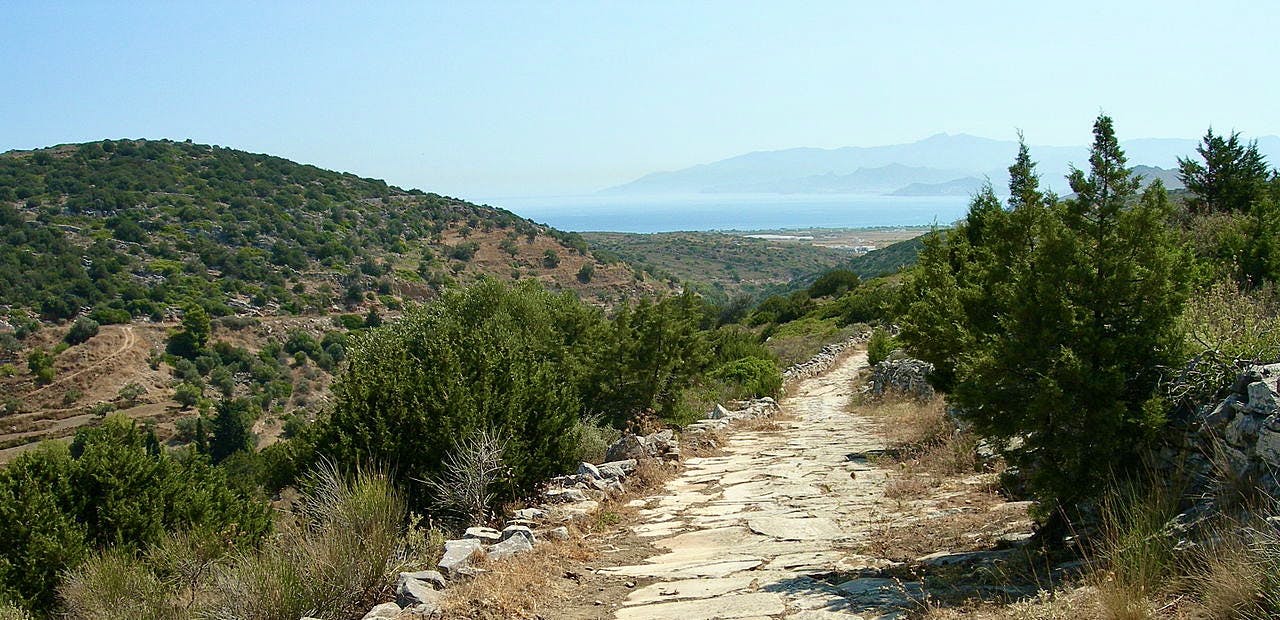The roots of Paros and Antiparos’s cultural heritage can be traced back to the prehistoric era. Archaeological discoveries on Paros reveal a significant Cycladic settlement dating back to the Early Bronze Age (3200-2000 BCE). The enigmatic Cycladic figurines, with their minimalistic yet elegant form, epitomize the artistic achievements of this era.
Paros, with its advantageous geographical position in the center of the Cyclades and fertile soil, attracted the attention of ancient civilizations. The Cretans recognized its strategic value, transforming the island into a naval station known as Minoa. In 1100 BCE, the Ionians sought to conquer Paros, ultimately succeeding by overthrowing the Minoans and establishing their rule. Evidence of this early civilization can be seen at the Mycenaean Acropolis near Kolimbithres.
During the Dorian invasion of Arcadia around 1100 BCE, Arcadians sought refuge on Paros under the leadership of Paros, from whom the island derived its name. The 8th century BCE marked a prosperous period for Paros, as it emerged as a significant maritime power. This era witnessed not only economic growth but also a flourishing of culture and the arts.
